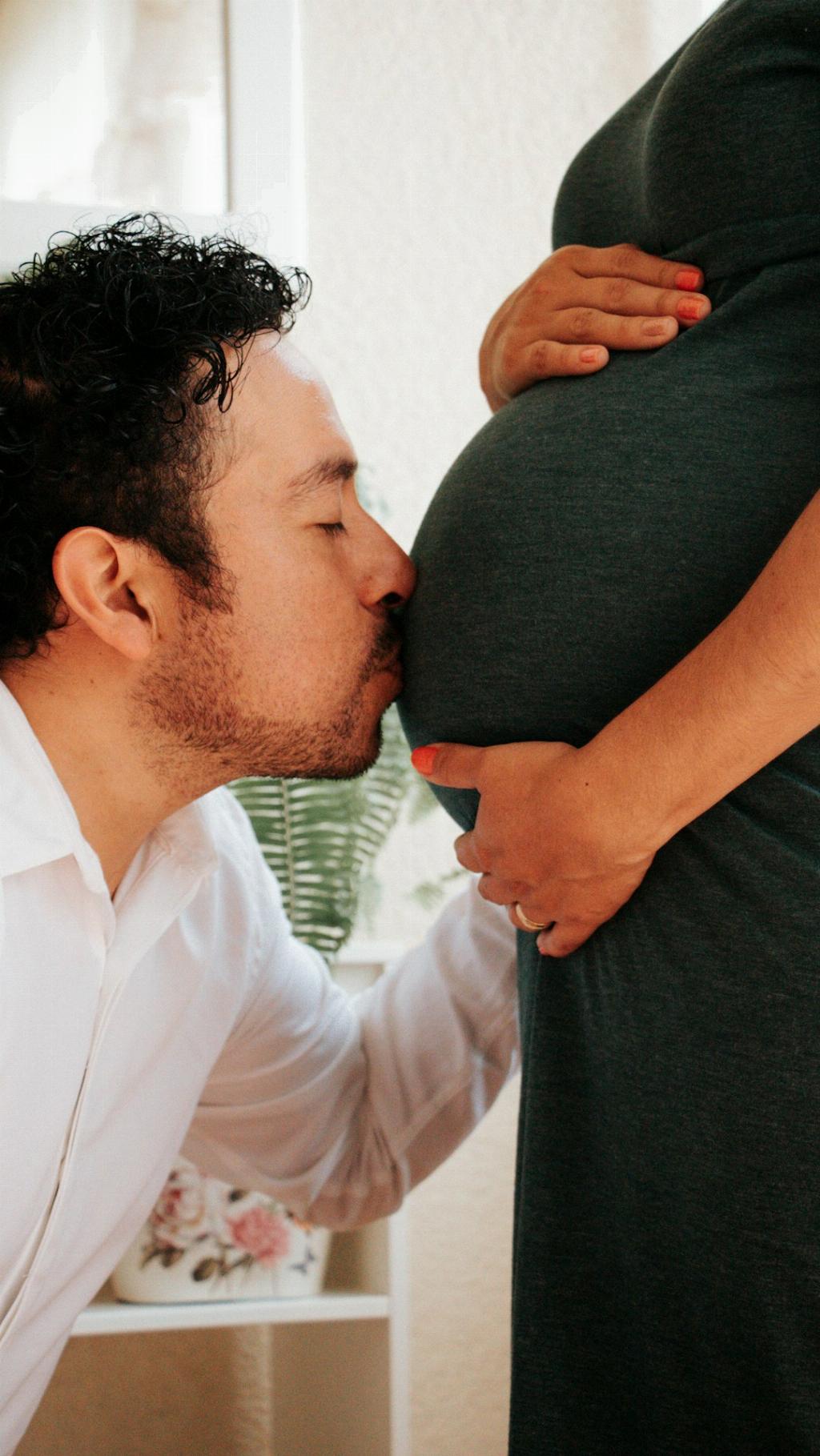When it comes to pregnancy and childbirth, there are numerous emotions that women experience. While joy and excitement are often the forefront emotions associated with this period, it’s essential to recognize that there can be challenging times as well. One such challenge that many women face is Postpartum Depression, commonly referred to as PPD.
Postpartum Depression is a form of clinical depression that affects women during pregnancy or following childbirth. It is a serious mental health condition that can impact a woman’s emotional well-being and overall quality of life during what should be a joyous time.
Research has shown that PPD is the most prevalent complication for women who have recently given birth. In fact, it is estimated that PPD affects up to 1 in 7 women, which is approximately 15 percent of new mothers. These statistics highlight the importance of understanding and addressing the issue of postpartum depression.
One of the key aspects of PPD is that it differs from the more common ‘baby blues’, which many women experience shortly after giving birth. While baby blues are characterized by mild mood swings and emotional fluctuations, PPD is a more severe and persistent form of depression that requires professional intervention and support.
Signs and symptoms of PPD can vary from person to person, but commonly include feelings of sadness, hopelessness, guilt, irritability, and a lack of interest in activities once enjoyed. It is crucial to recognize these signs early on and seek help to effectively address PPD.
It is important to note that PPD can impact the entire family, not just the mother. Partners, children, and other family members can be affected by the mother’s struggles with postpartum depression. This further emphasizes the significance of early diagnosis and treatment.
Factors that can contribute to the development of PPD include hormonal changes, sleep deprivation, lack of social support, financial stress, and a history of mental health issues. By understanding these risk factors, healthcare providers can better assess and address the needs of women at risk of developing PPD.
Seeking help for PPD is crucial for the well-being of both the mother and her family. Treatment options may include therapy, medication, support groups, and lifestyle modifications. It is essential for women experiencing PPD to reach out to healthcare professionals and loved ones for the support they need.
Addressing the stigma surrounding mental health is also essential in supporting women who are struggling with PPD. By openly discussing and raising awareness about postpartum depression, we can create a more supportive and understanding environment for those affected by this condition.
In conclusion, Postpartum Depression is a serious mental health condition that can impact women during pregnancy and after childbirth. By recognizing the signs and symptoms of PPD, seeking help early on, and fostering a supportive environment, we can effectively address this common yet often overlooked issue in maternal health.

